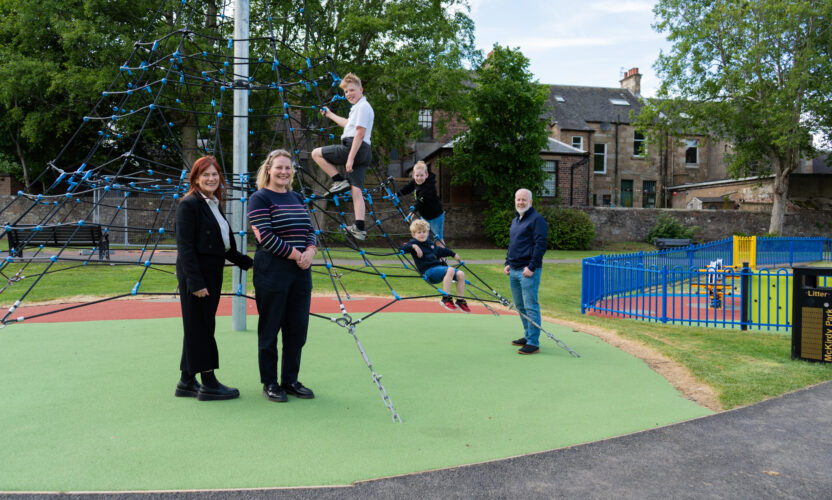
Community space transformed by wind farm funding
Thanks to the funding we have received, combined with the community’s dedication and fundraising success, we have been able to transform it into a space…
Onshore wind is one of the fastest growing and cheapest form of energy sources in the world. It is also an essential part of the UK’s strategy for achieving country-wide net zero targets. Find out how OnPath Energy harnesses the power of wind to generate electricity for thousands of homes and businesses.
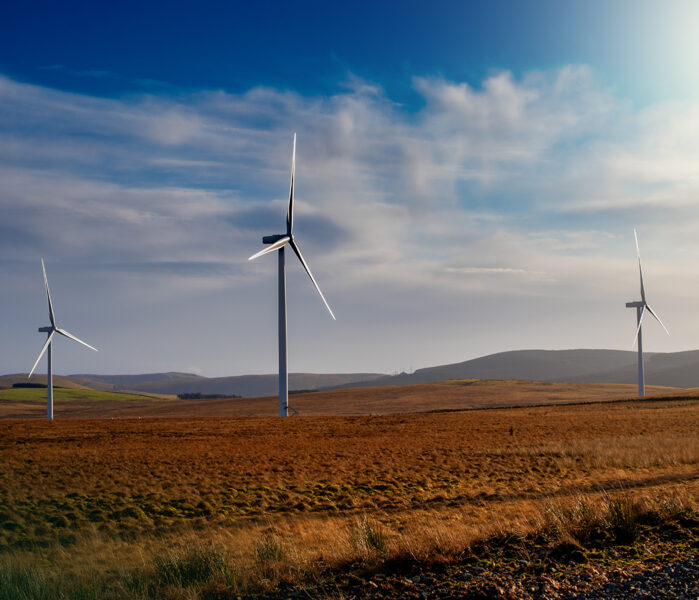
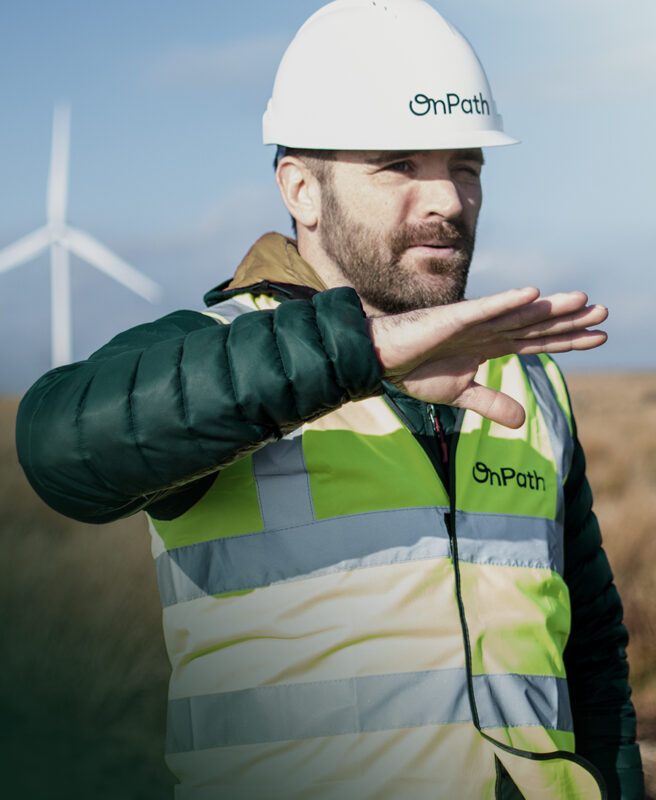
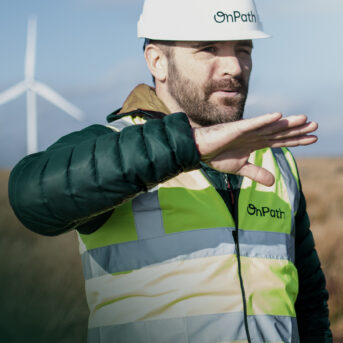
The process of converting wind to electricity does not directly emit harmful greenhouse gasses in the way that traditional electricity generation from burning fossil fuels does. And since it’s readily available domestically, it can help to improve long-term UK energy security.
In our history we have secured planning permission for 14 windfarms and currently operate twelve onshore wind farms across Scotland and the north of England with a combined installed generation capacity of 252MW.
We have planning permission for up to 568 MW of renewable electricity generation and flexible energy storage projects, with a further 217 MW in the planning system and 1,489 MW in the development pipeline.
With our combined consented and planning portfolio comprising 785MW mixed generation, this could provide enough energy for around 600,000 homes or a city larger than Leeds or Glasgow. OnPath is helping the UK make the switch to green energy.
We strive for excellence across all of our projects. Our Kype Muir Wind Farm is used by the UK government as a best practice example guidance for onshore wind.
operational wind farms
more granted planning permission
wind turbines per wind farm
years lifespan per windfarm, plus two years for construction and decommissioning
turbine tip height to maximise generation capacity and efficiency
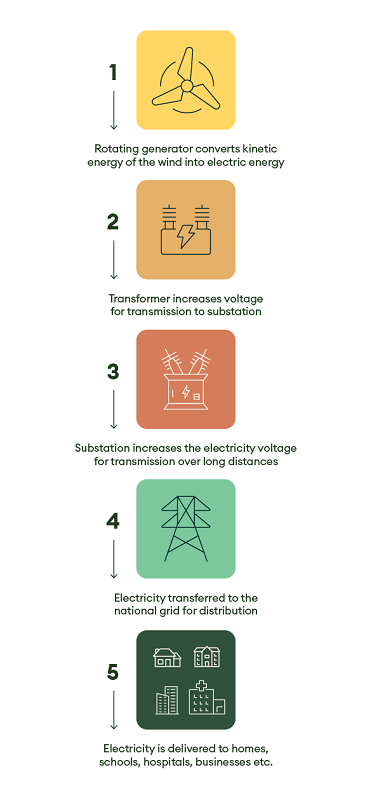
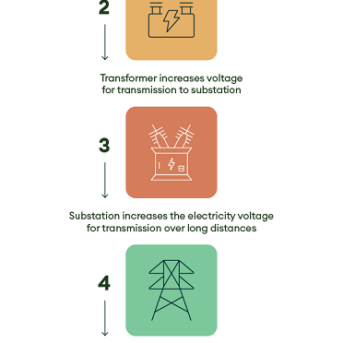
Wind farms are a collection of wind turbines which help to generate renewable electricity for the national electricity grid. Each wind turbine is made of up three main components: the tower, the box on top of the tower (the “nacelle”) and three turbine blades, which can reach over 80m in length.
The movement of the magnetic field induces a current in the coils, which is sent through electrical cables down the tower to a transformer that raises the voltage coming from the generator, from 690V to 11–33kV. The turbine transformer then directs the electrical current through underground cables to the wind farm control building and substation where the voltage may be further raised to 66kV or even 132kV.
The output of the wind farm is measured at this point and the electricity is sent into the grid via infrastructure such as cables and overhead lines, and used to power homes, hospitals, schools, offices and more.
At OnPath Energy, we take a nature-first approach to all we do. Our projects protect and enhance biodiversity through habitat creation, such as peat bog restoration, hedgerow and tree planting, and simultaneously tackle climate change.
Find out more about our nature-first approach to our projects.
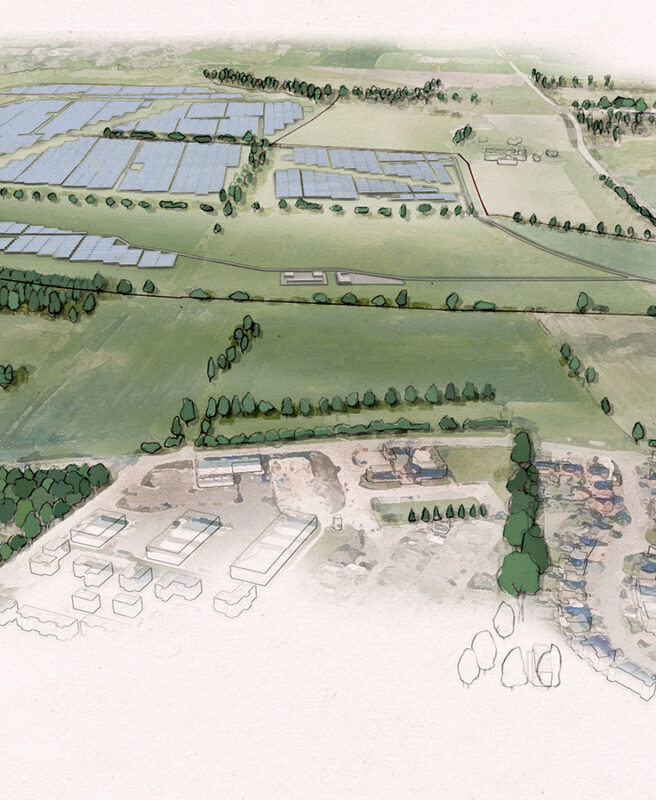
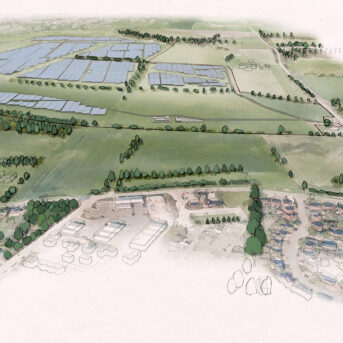
Enabling existing wind farms to remain operational for longer is more sustainable and uses far fewer resources than embarking on new developments which require energy, raw materials and labour to build out new developments. It also enables an effective site to continue to perform strongly and maximises the length of time the wind farms are able to displace carbon intensive, fossil fuel generated electricity from the electricity grid.
We always consult with local communities when submitting planning applications to extend the lifetime of our wind farms and we ensure the community benefits remain in place for the extended lifetime of the site. Sine no new construction or development is involved, impacts on the community are kept to a minimum.

Thanks to the funding we have received, combined with the community’s dedication and fundraising success, we have been able to transform it into a space…
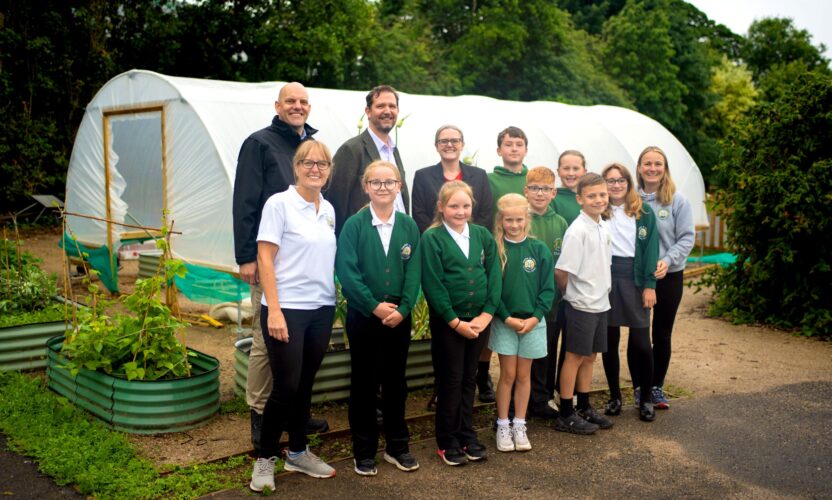
With so many different costs to cover within a school like ours, and so much pressure on budgets, it would have been a real challenge…